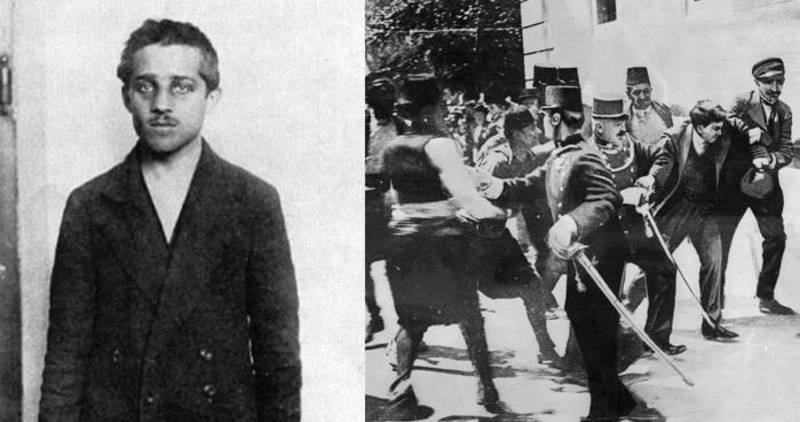For non-history buffs, history often comes across as dry, stiff, and too serious. Which is unfortunate, because when we scratch beneath the broad outlines of historic events, we often find interesting details, ranging from the odd to the outright slapstick, that brings history alive. Following are twenty-odd but often forgotten moments about famous historical events.
20. A French Village Dragged George S. Patton Into a Ceremony to Honor a Latrine

In the summer of 1944, George S. Patton led the US Third Army in a great sweep that liberated a huge chunk of France. It was not Patton’s first time fighting in France: he had been there during WWI. In that earlier conflict, Patton had received a visit from a local village mayor, who tearfully asked why he had not been told a Doughboy had died nearby. As Patton described it: “Being unaware of this sad fact and not liking to admit it to a stranger, I stalled until I found out that no one was dead. However, he insisted that we visit the ‘grave’“. When they got there, they found a freshly covered pit with sticks forming a cross and holding a plaque that read “Abandoned Rear”.
It was all a huge misunderstanding, as the French had mistaken the crossed sticks for the religious symbol, and “Abandoned Rear” for the deceased soldier’s name. “Abandoned Rear” was actually the designation for a covered latrine, to warn others from digging in that spot. “I never told them the truth“, wrote Patton. Decades later, he passed through the same village, and was given a hearty procession by the locals. They took him to the long-buried latrine, which the villagers had dutifully maintained over the years with all the dignity due a fallen soldier.

